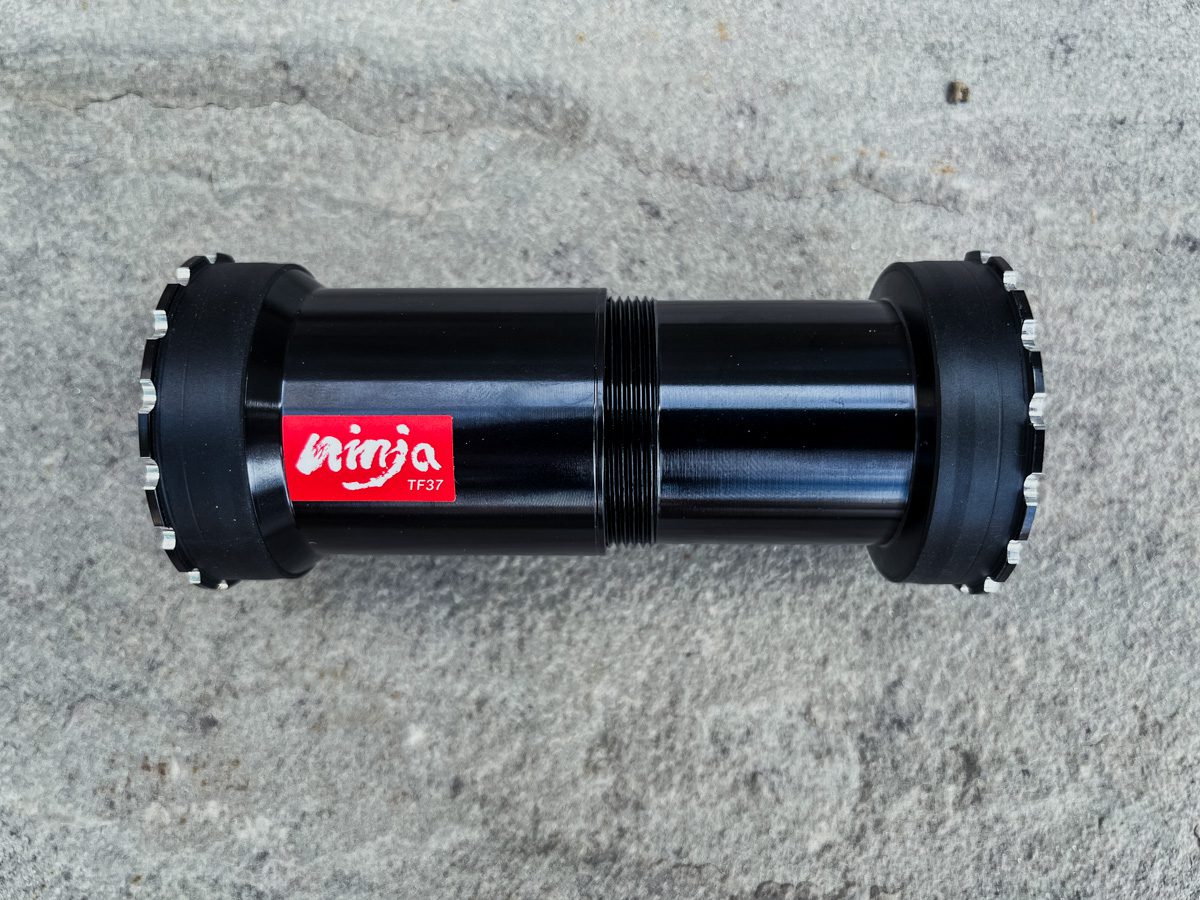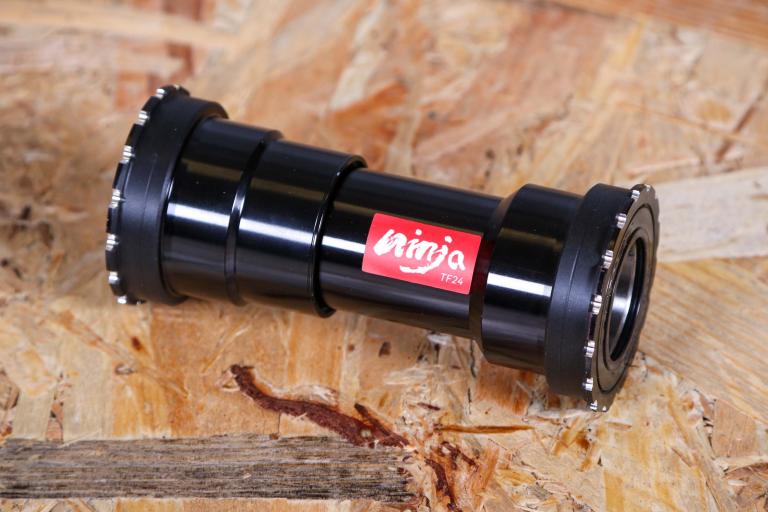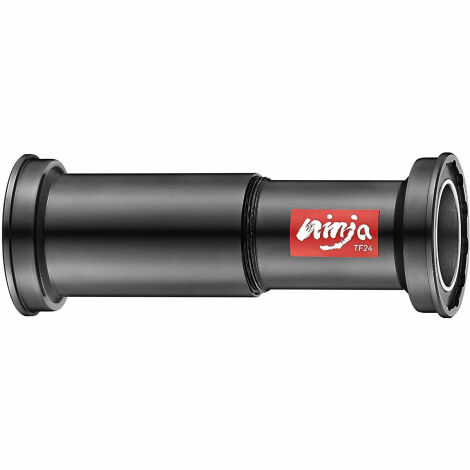Professional Installation and Maintenance Techniques
Proper bottom bracket installation requires precision, specialized tools, and comprehensive understanding of frame compatibility and bearing specifications. The installation process varies significantly between threaded BSA, press-fit BB86/BB92, and external bearing systems, each demanding specific techniques and torque specifications.
Professional maintenance extends beyond simple cleaning and lubrication. It involves understanding bearing wear patterns, recognizing early signs of deterioration, and implementing preventive measures that maximize component lifespan. Regular inspection protocols can identify potential issues before they compromise performance or require costly replacements.
Advanced maintenance techniques include bearing race inspection, proper sealant application, and understanding the relationship between bottom bracket condition and overall drivetrain efficiency. These skills separate amateur mechanics from true cycling professionals who can optimize every aspect of bike performance.




